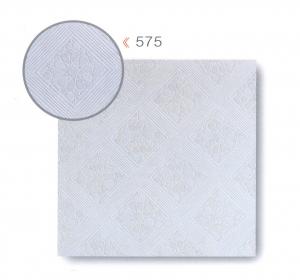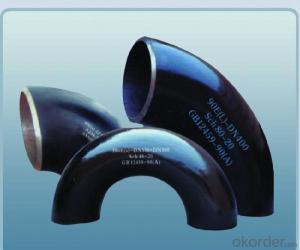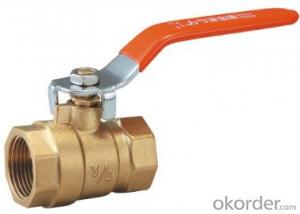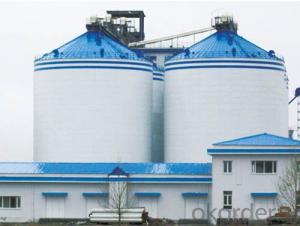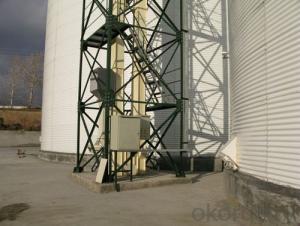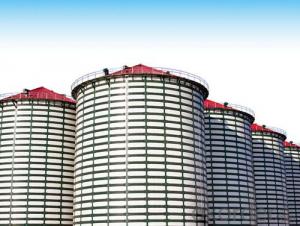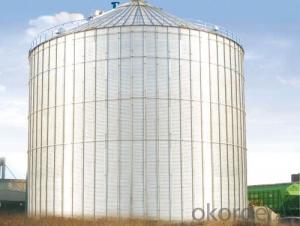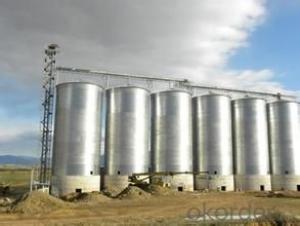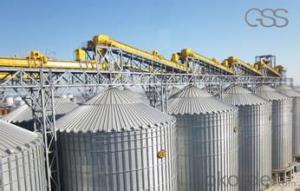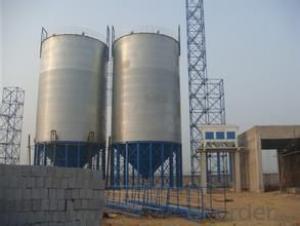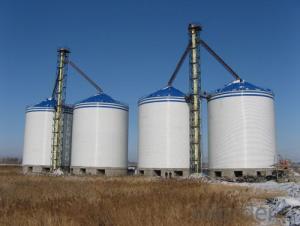Stainless Steel Hopper
Stainless Steel Hopper Related Searches
Best Paint For Stainless Steel Blanket Insulation For Steel Buildings Primer For Galvanized Steel Foam Filter For Stainless Steel H S Code For Stainless Steel Surface Grinding Wheels For Stainless Steel Surface Grinding Wheels For Hardened Steel Hole Saw For Stainless Steel Paint For Stainless Steel Stainless Steel For BbqHot Searches
Steel Mesh Panels For Sale Price For Stainless Steel Scrap Scrap Price For Stainless Steel Price For Stainless Steel Stainless Steel Tank For Sale Stainless Steel Sheets For Sale Cheap High Tea Sets For Sale Stainless Steel Tanks For Sale Stainless Steel For Sale High Density Fiberboard For Sale Solar Hot Water Collectors For Sale Scaffolding For Sale In Uae Scaffolding For Sale In Ireland Scaffolding For Sale In Houston Type Of Inverter For Solar Price Of Shipping Containers For Sale Types Of Inverter For Solar Stock Price For Aluminum Used Solar Inverter For Sale Steel Mesh Panels For SaleStainless Steel Hopper Supplier & Manufacturer from China
Okorder.com is a professional Stainless Steel Hopper supplier & manufacturer, offers integrated one-stop services including real-time quoting and online cargo tracking. We are funded by CNBM Group, a Fortune 500 enterprise and the largest Stainless Steel Hopper firm in China.Hot Products
FAQ
- In America, there are old missile silos, refurbished for human habitation. I'm wondering, assuming ideal conditions, no earthquakes near the silos, nothing breaking into it, the door being sealed shut, how long would one of these missile silos last, just the interior itself, not any of the furnishings.
- A thousand years at least baring a major earthquake or a volcanic event hitting them.
- Does anyone living in lake-county- lake bluff area knowIf the SILO is a COUGAR area.?Some told me that place was popular for PIZZA. and older womenLooking for younger guys.I would love to find me an older women.625 Rockland Road Lake Bluff, IL 60044Does anyone know if it is true, or just a cruel joke.?
- Kevin Pang a writer for the Chicago Tribune recently wrote an article about the restaurant. I am sure if you go to the Chicago Tribune web site you could read the article. I am sure that the article did not mention specifically if it was a cougar area but I am sure you might get some hints from the article.
- Physics question: Why is the spacing between bands on a silo smaller at the bottom? Thanks for the help!?
- The silo is banded to reinforce the cylinder and keep it from buckling under the pressure of the grain. You can derive how pressure changes as a function of height along the silo very easily by P=F/A using Newton's 2nd law F=mg, so P=mg/A. Differentiate P with respect to mass to yield dP=(g/A)*dm. Since density of the grain (p)=m/V, solve for m=V*p, so dm=p*dV=p*A*dh <because V=Adh is the unit volume element). Substitute the expression for dm into the differential equation dP=(g/A)*dm to get dP=(g/A)*pAdh - the A's cancel leaving dP=pgdh. Solving this first order linear o.d.e. yields pressure as a function of height along the silo - solve it directly by integration since variables are already seperated - result is P(h)=pgh. From this result you can see how pressure varies linearly with height along the silo, in fact it's a linear increase as height increases. If you're interested in the pressure at a plane that cuts the silo transversely - which we are - you'll have to integrate or add the sum of all pressures above this plane to arrive at the final pressure at the plane of interest. Clearly, since P increases with h, these sums are not linear from plane to plane - meaning more lateral reinforcement is required as you move to lower and lower planes to offset the downward pressure of the grain - i.e., more bands needed at the bottom. You could figure out the spacing of the bands by knowing the density of the grain stored in the silo and the material properties of the silo construction (steel, aluminum, wood, etc...), assuming a silo that's fillled with grain the band spacing will scale downward with lower material strength, or Young's modulus. I'll leave that derivation for you to have fun with since I don't know the material properties or whether the silo is filled with corn, rice, wheat, barley, or cous-cous.
- My Daughter is very upset that she has so much fodder in her silo and she dosen't Know how to get it out. It says examine your silo 2 get it out, but she can't do that.
- You don't take fodder for feeding your animals stright out of the silo outside. You will need an animal shed, and on the northern wall in the animal shed is a brown box where you can get fodder to feed animals. To feed them you put them in the small compartments located around the barn. I don't think you would need fodder for anything other than feeding your animals or building though...
- ....and the thermonuclear bombs glare gave proof through the night that Los Angeles was not there....
- Something is going to happen, and I believe sooner, rather than later, unfortunately..... I doubt it'll be a thermo nuke, but your guess is as good as anyone's........
- A silo is to be constructed in the form of a cylinder (only 1 of 2 bases included) topped by a hemisphere. The construction cost per square unit of surface area for the hemisphere is 2.8 times as much for the cylinder and the volume must be 710000 cubic feet. If construction costs are to be minimized, what should the radius be?
- The volume of the silo is the volume of the cylinder + the volume of the hemisphere 71000 = pi x r^2 x h + (2/3) x pi x r^3 This can be rearranged to give h and a function of r h = (71000 - (2/3) x pi x r ^3)/(pi x r ^ 2) The cost of materials is the cost of the surface area of the cylinder (including a base) plus the surface area of the hemisphere (which coses 2.8 times as much per unit) C = (some constant) x (2.8 x 2 x pi x r^2 + pi x r ^2 + 2 x pi x r x h) you can replace h in this equation, which changes it to C = (some constant) x (6.6 x pi x r^2 + 142000/r - 4/3 x pi x r^2) The mininum cost happens when C' is 0. After taking the derivative you can divide by (some constant) to get rid of it and multiply both sides by r^2 to get a easy equation to solve. The answer will be the cube root of something...
- A silo (cylinder with a hemisphere on top) has a volume of 30,000 m^3.What are its dimensions?Thanks...?
- YOu have two unknows here - radius of the cylinder which is also the radisu of the hemisphere and the lenght of the cylinder, but only one equation : V = 2/3*pi*r^3 + pi*r^2*l l = length of cylinder Unless you minimize area or have another constraint, you can't uniquely solve for r and l.

























